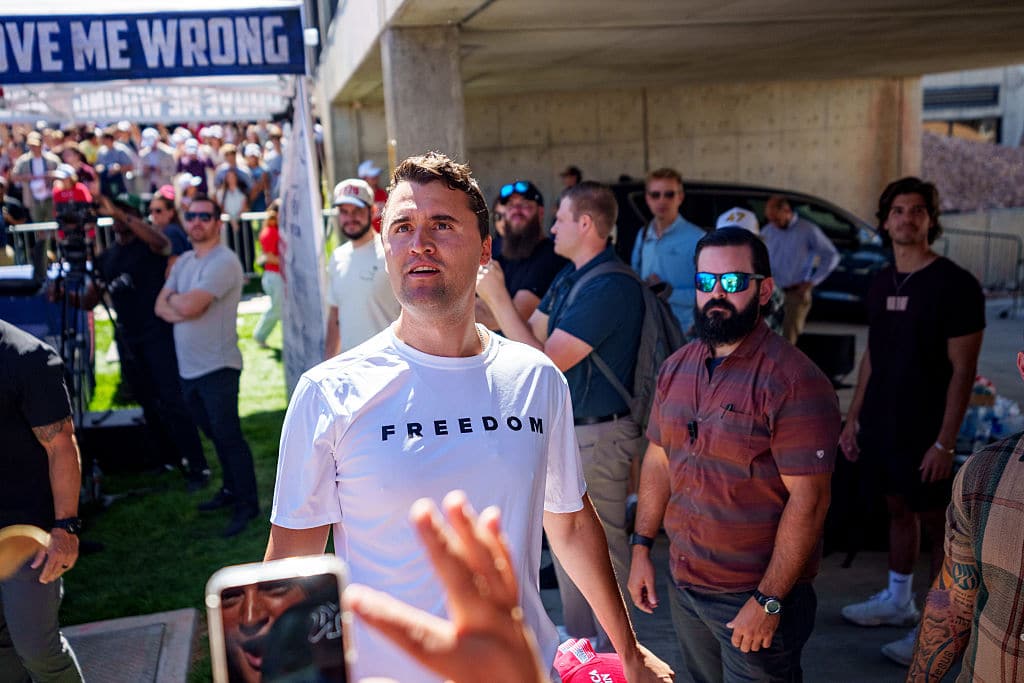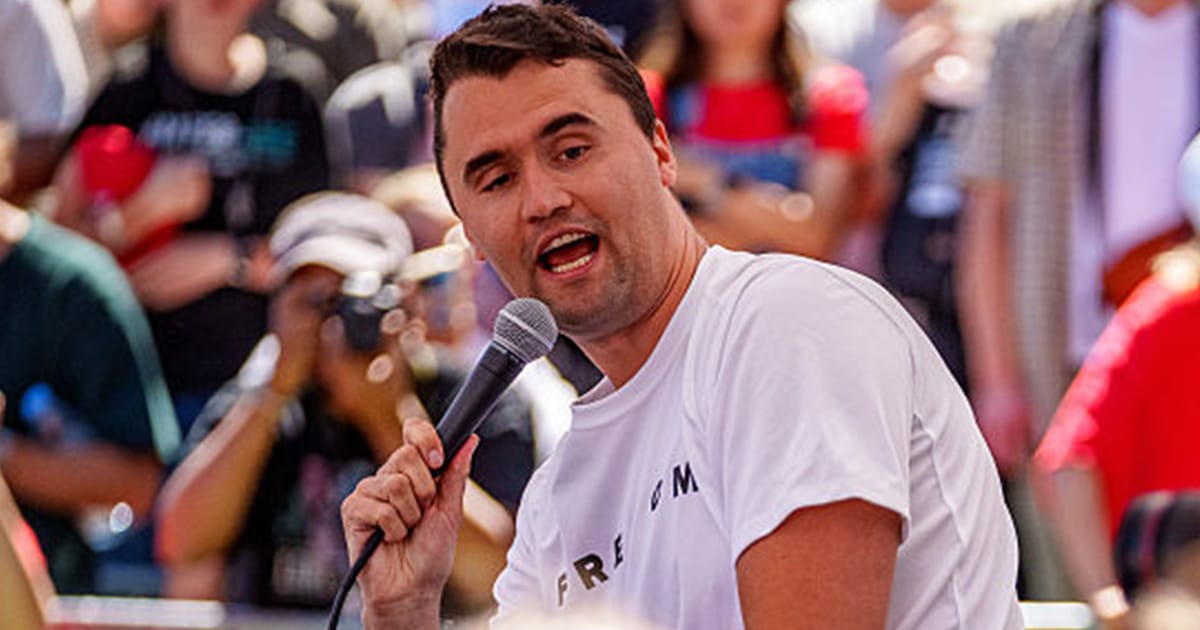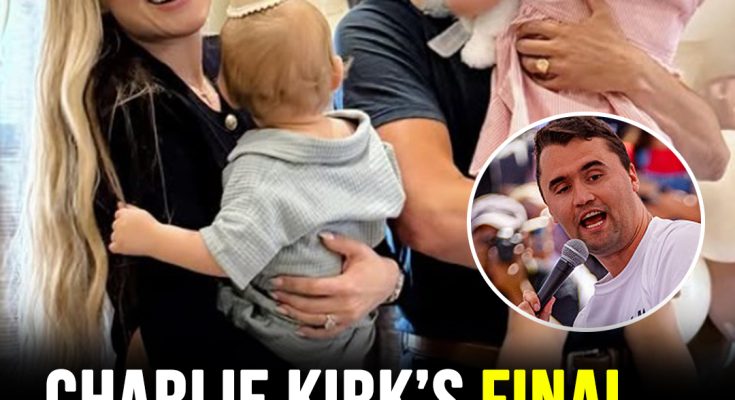Charlie Kirk, 31, co-founder of Turning Point USA and a leading voice among young conservative activists, was fatally shot during a public appearance at Utah Valley University in Orem, Utah. He was speaking as part of his “American Comeback Tour,” leading one of his signature “Prove Me Wrong” tables, when the unthinkable happened. Witnesses heard a single gunshot, saw him clutch his neck, and collapse. The crowd scattered in panic. Within hours, the nation was reeling from the news.
He was struck in the neck, below his jaw, apparently by someone firing from a nearby building, estimated about 200 feet away.
The shot’s origin has been described by authorities as a building behind or above the audience, which intensified the fear and confusion in the immediate moments after the attack.

First responders rushed him out of the cratered stage, but the injury proved too severe. Around 2:40 p.m., Donald Trump confirmed Kirk’s death in a social media post, calling him “legendary” and lamenting the loss.
Kirk left behind his wife, Erika Frantzve, and their two young children—a three-year-old daughter and a younger son. The shock of his passing spread swiftly, with reaction pouring in from all corners. Political figures from both parties condemned the act. Utah Governor Spencer Cox called it a “political assassination.” Others spoke about the risks of extreme rhetoric, the threats facing public political life, and the chilling precedent this sets.
In the moments before the gunshot, the conversation on stage was already heated. An audience member asked Kirk about mass shootings, specifically whether many recent shooters have been transgender Americans over the past decade. Kirk’s reply was met with applause: “Too many.” Then the question was pressed further: what about the total number of mass shooters, counting or not counting gang-related violence? That was among his final statements before the shot rang out.
Cameras and phones captured the scene: Kirk speaking confidently, then recoiling, blood visible on his neck, falling back. Panic ensued. People ducked, some tried to help, others fled. University security, local law enforcement, and federal agencies were soon on site. The FBI and ATF have taken over major parts of the investigation. A suspect in dark tactical attire was initially identified and detained, but was released after questioning. As of now, the shooter has not been apprehended.

Kirk’s rise had been something of a lightning bolt. He helped build Turning Point USA into a leading force in conservative student politics, especially on college campuses, and he had become a fixture in national conservative media—through podcasts, radio shows, speeches, and social media. His style was often confrontational, his message polarizing to some, galvanizing to others.
The legacy he leaves is complicated. Supporters mourn the loss of a leader, a father, a provocateur who pushed conservative values among young people. Critics express grief, too, warning of the dangers that come when political dialogue escalates into violence. Many are asking questions about security at public political events, how someone could fire on stage from a distance, and what sort of protections speakers and protestors alike deserve.
In the aftermath, flags have been ordered lowered. Authorities say they are committed to transparency. The investigation remains active. Social media is flooded with tributes, grief, shock, and anger. The question on many lips: how did we get here? When did speaking truth—or what one believes to be truth—become a risk to life itself?
Charlie Kirk’s death is now part of a larger story—one of political polarization, of public figures living under threat, and of what happens when debate becomes danger. The mourning is real. The fear is real. And the call for change—whether in how we speak to each other, how we protect each other, how we prevent violence—is growing louder.
Through it all, people are remembering the moments before the image of collapse, the confidence in his voice, the questions he was asked, and the words he spoke. Because those final moments, however brief, capture something larger than any one person. They speak to the fragile line between speech and safety, belief and danger, conviction and consequence.


